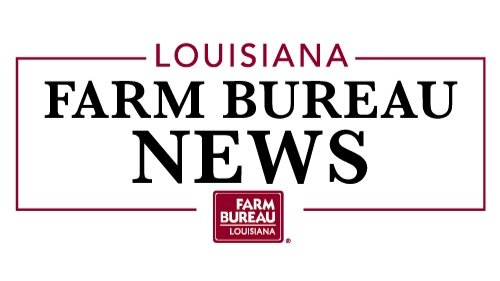Update: Plan to Release Horses at New Orleans Fair Grounds
Baton Rouge, La. – The quarantine on the New Orleans Fair Grounds Racetrack facility could be lifted January 21, 2017. Testing indicates there are no new cases of the neurologic disease known as Equine Herpes Myeloencephalopathy (EHM). The last case of EHM was detected on December 31, 2016. Horses, however, are still being monitored for both EHM and the strain of Equine Herpes Virus-1 (EHV-1) which can progress to the more severe EHM.
The quarantine will phase out starting with the 42 barns where horses never showed signs of being clinically ill.
“We are encouraged that the disease seems to be contained. These measures were taken for the health and safety of all horses in the state,” said Agriculture and Forestry Commissioner Mike Strain, D.V.M. “We continue to work with the Fair Grounds and Racing Commission to ensure that biosecurity measures will be maintained.”
As of Wednesday, January 18, 2017, 39 horses remain in isolation. There are six quarantined barns and one isolation barn. All horses that tested positive for EHV-1 will remain in isolation until they test negative for the virus. Horses that were exposed to the disease but do not test positive will remain quarantined and will be released on a case by case basis.
“After consulting with the state veterinarian, USDA Veterinary Services, LSU and outside experts on infectious diseases, we feel this is a logical plan to allow the release of unaffected horses. The horses that remain in isolation are most at-risk. We will continue to monitor these horses until they are in the clear. However, should there be another case of EHV-1 or EHM, we will respond accordingly,” said Strain.
Sixty-five ship-in (day race) horses that were possibly exposed to an EHV-1 positive horse in the receiving barn and placed in isolation at undisclosed locations will follow the same procedures before release.
Last month, a two-year-old thoroughbred gelding reportedly developed a fever and neurological signs and was humanely euthanized on December 26, 2016. Nasal swab and blood tests were confirmed positive for Equine Herpes Virus-1 (EHV-1) neuropathogenic strain at the Louisiana Animal Disease Diagnostic Lab. The virus is spread most commonly by direct horse-to-horse contact. It can also be spread through the air, contaminated equipment, clothing and hands.
Symptoms of the disease include fever, ocular or nasal discharge, limb swelling, abortion, and neurologic signs such as unsteady gait, urine dribbling, hind limb weakness, and inability to rise. There is no cure for the disease but symptoms may be treatable.
This virus is not transmissible to humans.
